Kansong Art Museum (간송미술관(서울 보화각))
469.5M 2025-06-30
102-11 Seongbuk-ro, Seongbuk-gu, Seoul
Kansong Art Museum was the first private art museum in Korea, opened as Bohwagak in 1938 by Kansong Jeon Hyeong-pil. The name was changed to the current Kansong Art Museum in 1966. Bohwagak was designated as National Registered Cultural Heritage No. 768 on December 30, 2019. Jeon Hyeong-pil dedicated his life to preserving and researching Korea’s representative relics that were devaluated and purposefully obliterated during the Japanese colonial era, as well as to acknowledging their cultural excellence and beauty. The museum houses 11 national treasures and 24 treasures.
CAFÉ L.vin (카페엘빈)
471.5M 2021-03-30
271-1, Changgyeonggung-ro, Jongno-gu, Seoul
+82-2-763-7564
This is a place with terrace seats. This cafe is located in Jongno-gu, Seoul. The most famous menu is americano.
Seongbukdong Dwaejigalbi (성북동 돼지갈비)
473.0M 2019-12-24
115, Seongbuk-ro, Seongbuk-gu, Seoul
+82-2-764-2420
In business for more than 40 years, Seongbukdong Dwaejigalbijip has become a local legend thanks to its simple but savory menu. Pork served at the restaurant is marinated overnight in a special sauce, which infuses the meat with rich flavors that are released when the meat is grilled and the fat drips off. The restaurant’s main dishes include dwaeji galbi (grilled pork ribs) and dwaeji bulgogi baekban (set meal with bulgogi meat grilled over the fire).
Munmyo Confucian Shrine and Seonggyungwan National Academy (서울 문묘와 성균관)
480.0M 2020-03-31
31, Seonggyungwan-ro, Jongno-gu, Seoul
+82-2-760-1472
Munmyo is a shrine dedicated to Confucius, whose teachings form the foundation of Confucianism. It is also dedicated to his disciples and other great Confucian scholars. Munmyo is not only the shrine but also the highest educational institution of the Joseon dynasty. Munmyo was once called as Munseonwangmyo since during the Tang dynasty, Confucius was named as King Munseon after his death and then it has been called as Munmyo since the Yuan dynasty.
The compound consists of two main areas: the Daeseongjeon houses shrines and the Myeongnyundang features seminar halls and other auxiliary facilities. Also, there are two dormitories, Dongjae and Seojae, which are collectively known as Sungkyunkwan. In front of the Myeongnyundang stands a ginkgo tree designated as Natural Monument No. 59. In spring and autumn, a ritual for Confucius and his disciples takes place.
Seongbuk Global Food Festival Nurimasil (성북세계음식축제 누리마실)
499.0M 2021-11-26
1, Seongbuk-ro 8ga-gil, Seongbuk-gu, Seoul
• 1330 Travel Hotline: +82-2-1330 (Korean, English, Japanese, Chinese) • For more info: +82-2-6906-9298
Seongbuk Global Food Festival Nurimasil provides visitors with a chance to enjoy cultures from around the world in one place through food and arts. It is truly an international event open to visitors worldwide to experience unity and learn more about other cultures.
Ssangdari Gisa Sikdang (쌍다리기사식당)
515.2M 2021-03-29
4, Seongbuk-ro 23-gil, Seongbuk-gu, Seoul
+82-2-743-0325
As a place where you can eat at affordable prices, it is a restaurant loved by local residents. The best menu at this restaurant is pork bulgogi. This Korean dishes restaurant is located in Seongbuk-gu, Seoul.
Persian Palace (페르시안궁전)
520.0M 2024-03-18
9 Sungkyunkwan-ro 6-gil, Jongno-gu, Seoul
+82-2-763-6050
Persian Palace is a restaurant specializing in Indian cuisine and Iranian kebabs, run by an Iranian chef. They offer set menus such as lamb curry, spinach curry, and butter chicken, which can be enjoyed with tandoori nan. The spiciness of the curry can be adjusted, and they also have vegan options available. For dessert, they serve Persian homemade desserts like mast (Persian yogurt) and saffron ice cream. They provide halal food and prayer rooms for Muslims.
Bon PALETE (봉파레트)
521.4M 2021-03-29
57-1, Seongbuk-ro, Seongbuk-gu, Seoul
+82-2-766-0827
You can enjoy delicious meals at a hanok restaurant. This Western dishes restaurant is located in Seongbuk-gu, Seoul. The representative menu is seafood pasta.
bon PALETE(봉파레트)
524.6M 2020-12-24
57-1 Seongbuk-ro Seongbuk-gu Seoul
+82-2-766-0827
You can enjoy delicious meals at a hanok restaurant. This Western dishes restaurant is located in Seongbuk-gu, Seoul. The representative menu is seafood pasta.
Korean Museum of Straw and Life (짚풀생활사박물관)
530.0M 2022-09-15
45, Sungkyunkwan-ro 4-gil, Jongno-gu, Seoul
+82-2-743-8787
Korean Museum of Straw and Life is a private museum dedicated to the collection, research, and display of materials and historical accounts of diverse straws and their uses in Korea. As Koreans' lifestyle in the past heavily depended on agriculture and cultivation of crops, straws and grasses were easily found and had many uses. The museum aims to educate the general public of how different straw were produced and used by Korean ancestors as well as their significance in connection with today's lifestyle.
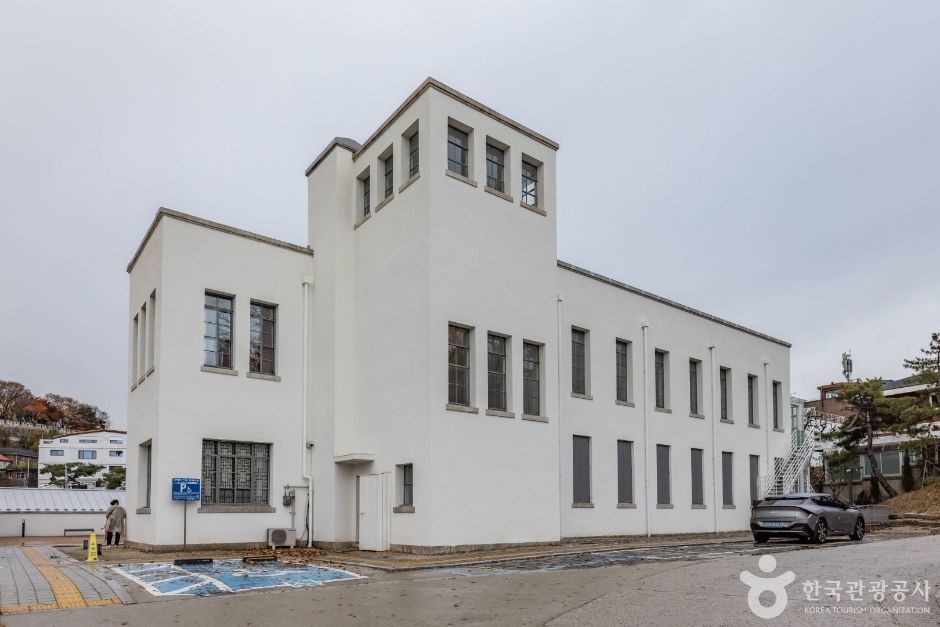
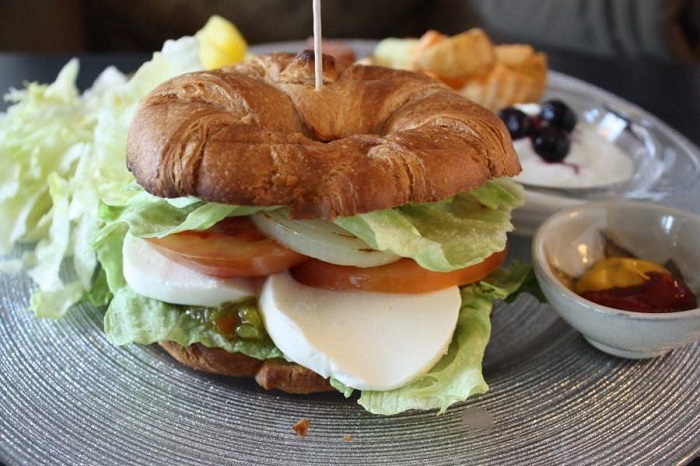
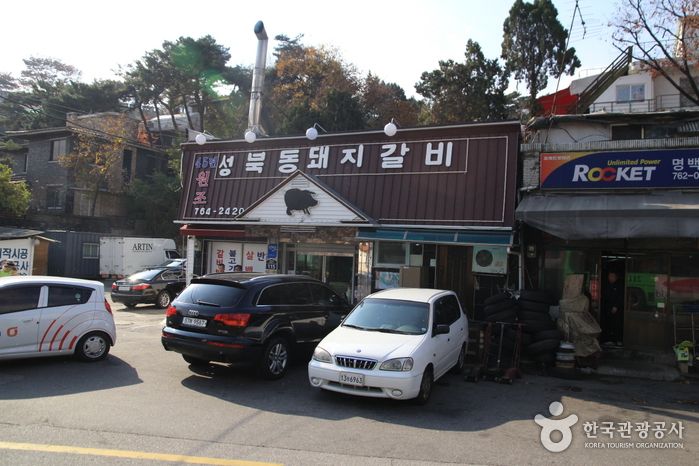
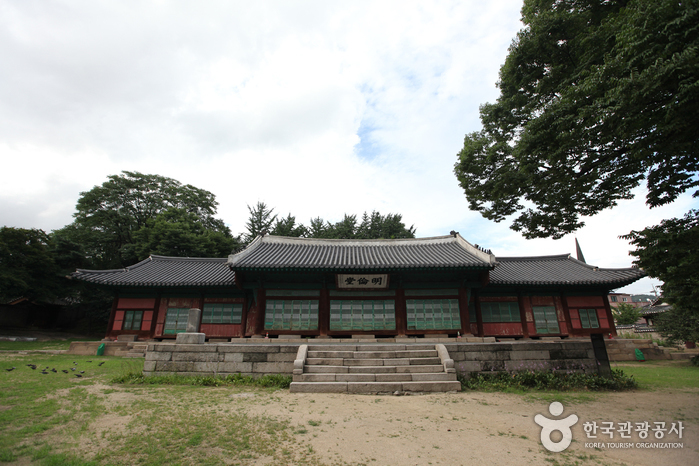
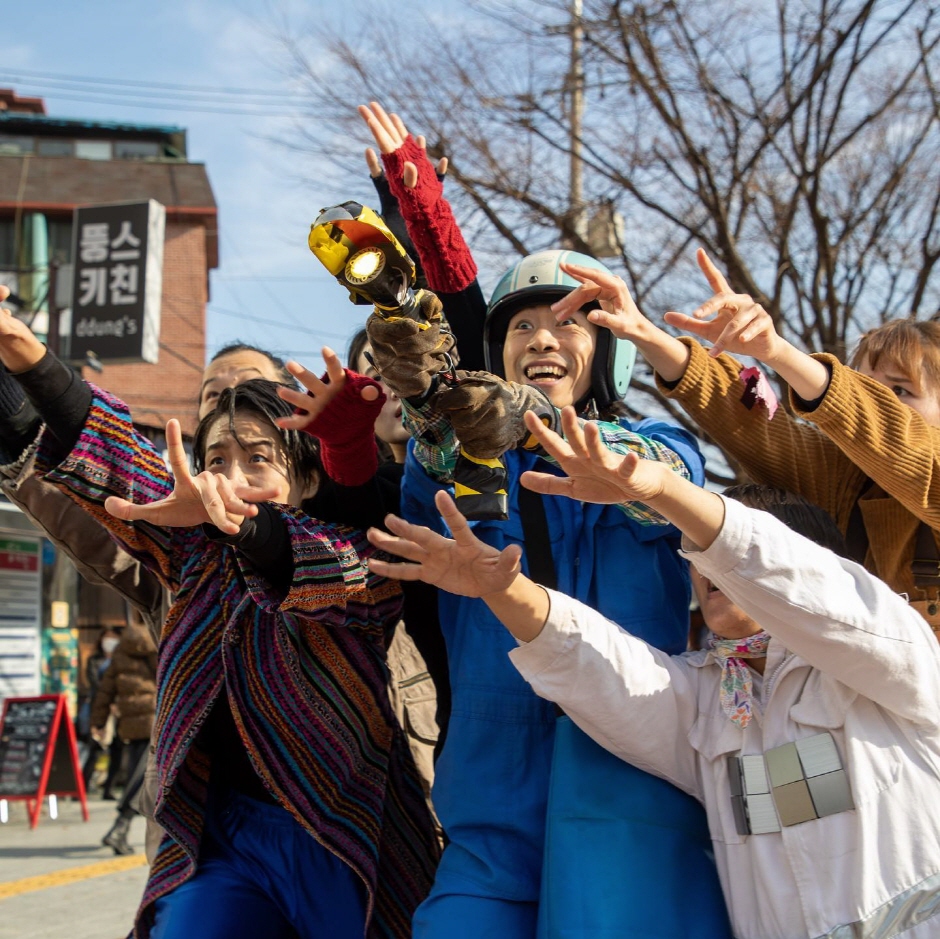


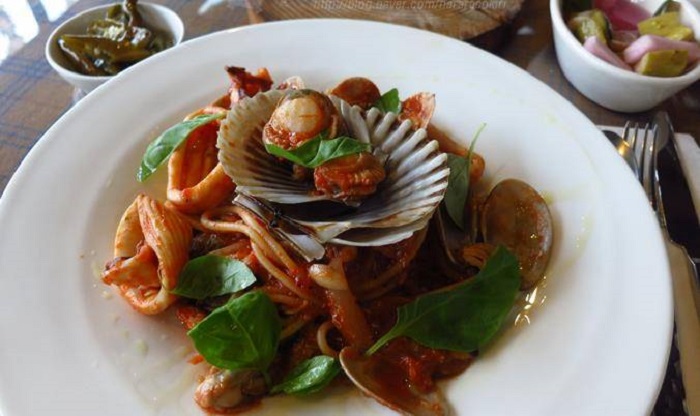
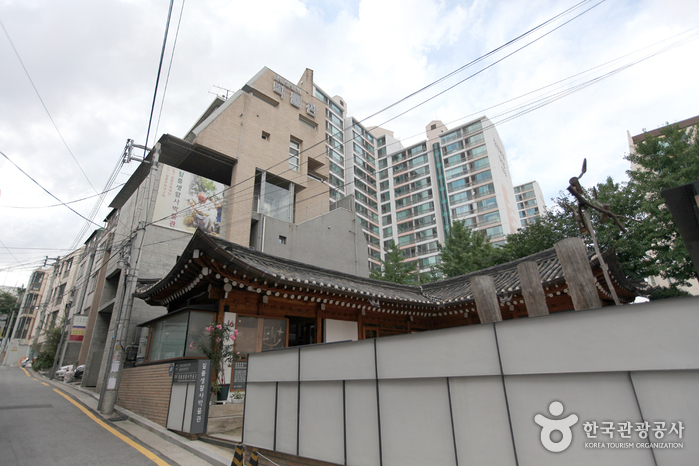
 English
English
 한국어
한국어 日本語
日本語 中文(简体)
中文(简体) Deutsch
Deutsch Français
Français Español
Español Русский
Русский